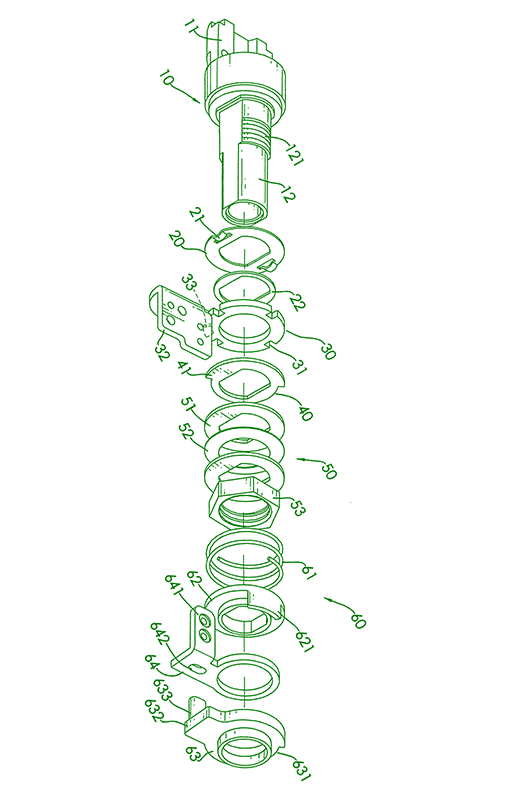The Jupyter notebook is an open-source web application containing code, text, math, visualization and interactive elements. Jupyter notebooks are popular in data science and are a perfect tool for learning a language, exploring ideas, and reproducibility. Living in the browser, it supports rich output such as images, videos but also interactive elements such as buttons and sliders.
The Jupyter Widgets library provides many of these basic widgets and the infrastructure to develop new widgets. Third party libraries include for instance table viewers, interactive maps, 2D and 3D visualization. Although Python is the most popular language for the Jupyter notebook, R, C++ and JVM languages (Java, Clojure, Scala, Kotlin and Groovy) now also support the Jupyter widgets. Being able to leverage the browser platform from your language of choice to build interactive web applications creates many possibilities going as far as building animated virtual reality data visualizations.
About the speaker

Maarten is a freelance developer / consultant / data scientist working working mostly with Python, C++ and Javascript in the Jupyter ecosystem. His expertise ranges from fast numerical computation, API design, to 3d visualization. He has a Bachelor in ICT, a Master and PhD in Astronomy and likes to code and solve problems.
